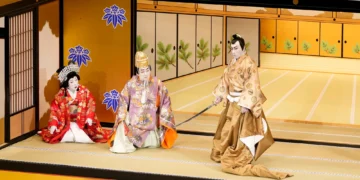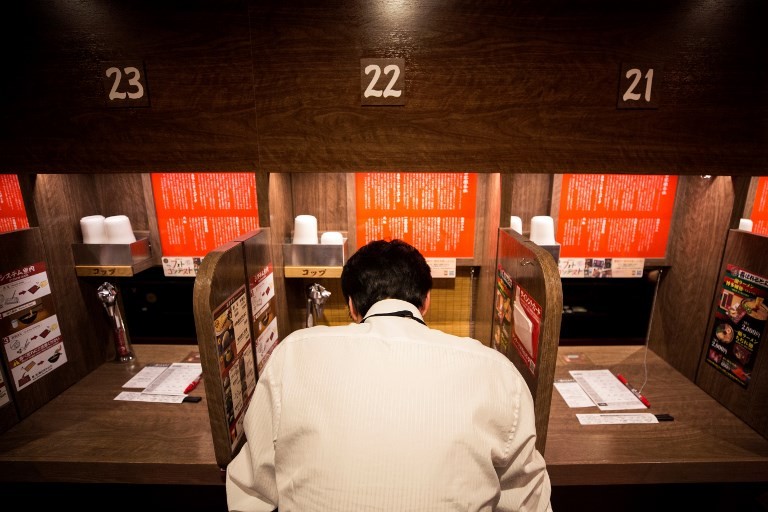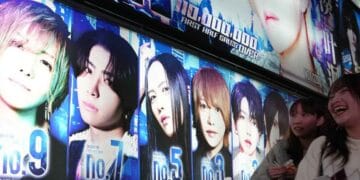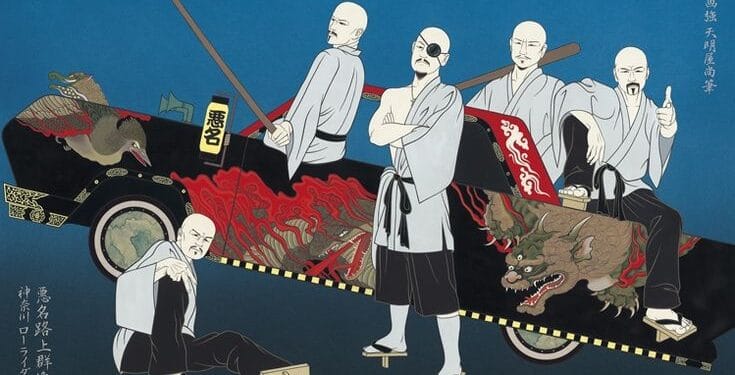Introduction: Cholo Culture in Japan
Cholo culture, rooted in Mexican-American communities, has made a fascinating crossover into Japan. This blog explores how Cholo culture has found its place in Japan, blending its distinctive elements with Japanese influences to create a unique cultural fusion. From lowriders to fashion, this cultural crossover is a vibrant example of global interconnectedness.
The Rise of Cholo Culture
Cholo culture originated in the Chicano communities of the United States, particularly in the 1960s and 1970s. It encompasses a specific style of fashion, music, and lifestyle that reflects a blend of Mexican heritage and urban American influences. Key features include lowrider cars, distinctive clothing styles, and a deep sense of community.
Lowriders: A Symbol of Cholo Culture
Lowriders are perhaps the most recognizable aspect of Cholo culture. These customized cars, often featuring intricate designs and hydraulic systems for adjusting the ride height, are a symbol of pride and craftsmanship. In Japan, lowriders have become a popular trend among car enthusiasts. Japanese car clubs and enthusiasts have embraced the lowrider culture, modifying vehicles to fit the Cholo aesthetic. Events and car shows dedicated to lowriders in Japan showcase a blend of American and Japanese influences, highlighting the global appeal of this iconic car culture.

Fashion: Cholo Style in Japan
Cholo fashion is another key element of this cultural crossover. The style typically includes baggy pants, oversized shirts, and distinctive accessories like bandanas and caps. In Japan, Cholo fashion has been embraced by a subculture that admires its bold and distinctive look. Japanese street fashion often incorporates Cholo-inspired elements, with local designers adding their own twists to create a unique hybrid style.
One notable aspect is the popularity of Cholo-inspired tattoos in Japan. Tattoos featuring symbols like skulls, crosses, and intricate designs pay homage to the Cholo aesthetic. These tattoos have gained traction among Japanese youth who appreciate the artistic expression and cultural significance behind them.
Music and Dance: The Beat of Cholo Culture
Music and dance are central to Cholo culture, with genres like Chicano rap and oldies music playing significant roles. In Japan, this musical influence is evident in the popularity of Chicano rap among certain music enthusiasts. Japanese artists and DJs often blend Chicano rap with local styles, creating a fusion that resonates with fans on both sides of the Pacific.
Dance also plays a part in the Cholo culture crossover. Breakdancing and other street dance styles popular in Cholo communities have found a receptive audience in Japan. Dance crews and enthusiasts incorporate elements of Cholo dance styles into their routines, showcasing a dynamic fusion of cultures through movement.
The Impact of Cholo Culture in Japan
The presence of Cholo culture in Japan highlights the country’s openness to global influences. Japanese people have embraced Cholo culture with enthusiasm, incorporating its elements into their own traditions and lifestyle. This cultural crossover enriches Japan’s cultural landscape, offering a unique perspective on how diverse influences can blend to create something new and exciting.
Events like car shows, fashion exhibitions, and music festivals celebrating Cholo culture in Japan attract large audiences. These events provide a platform for people to experience and appreciate the richness of Cholo culture while also exploring how it interacts with Japanese culture. The blend of Cholo and Japanese influences creates a vibrant cultural tapestry that reflects both heritage and innovation.
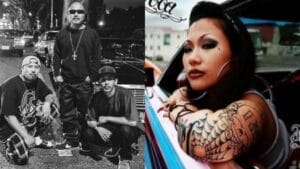
Community and Cultural Exchange
Cholo culture’s introduction to Japan is also a testament to the power of cultural exchange. It represents a meeting point between two distinct cultures, each bringing its own history and traditions to the table. The adaptation of Cholo culture in Japan fosters a sense of global community, demonstrating how cultural boundaries can blur and how different societies can learn from and inspire each other.
The fusion of Cholo culture with Japanese elements also highlights the creative ways people adapt and reinterpret cultural influences. Japanese artists, designers, and car enthusiasts have taken aspects of Cholo culture and reimagined them in ways that reflect their own cultural context. This process of adaptation and reinterpretation enriches both cultures, creating a dialogue that crosses borders and celebrates diversity.
The Future of Cholo Culture in Japan
Looking ahead, the continued blending of Cholo culture with Japanese influences promises to bring even more innovation and creativity. As more Japanese people become familiar with Cholo culture, and as cultural exchanges between Mexico, the United States, and Japan continue, we can expect to see new and exciting developments.
The growth of Cholo culture in Japan is likely to lead to more collaborations and cross-cultural projects. Fashion designers, musicians, and artists may explore further ways to merge Cholo aesthetics with Japanese styles, resulting in unique and imaginative expressions of cultural fusion.
Conclusion
The crossover of Cholo culture in Japan is a vibrant example of how global influences can merge to create something new and exciting. From lowriders to fashion, and from music to tattoos, the blending of Cholo culture with Japanese elements highlights the dynamic nature of cultural exchange. As Japan continues to embrace and adapt Cholo culture, it not only enriches its own cultural landscape but also contributes to a broader dialogue about the power of global connections and creative reinterpretation.



